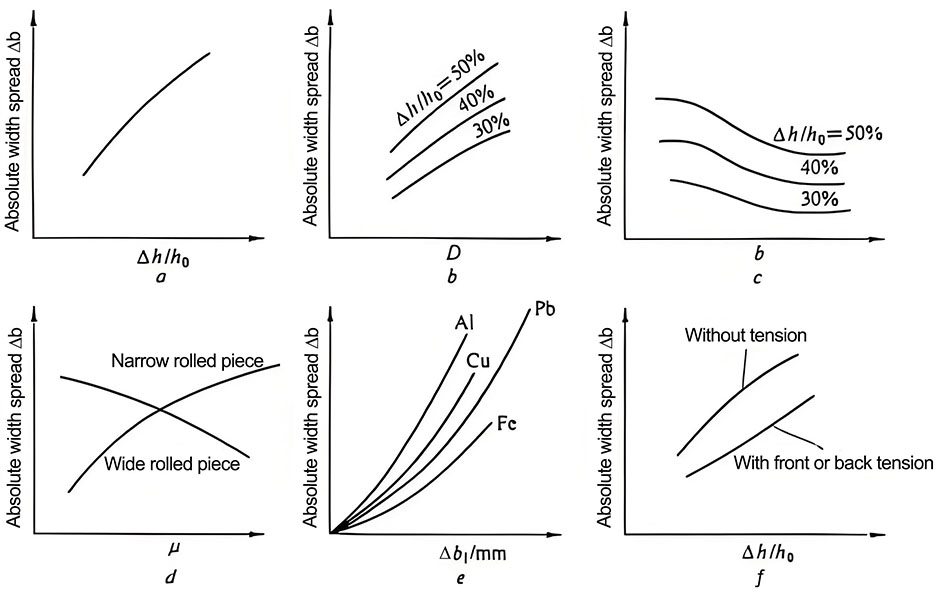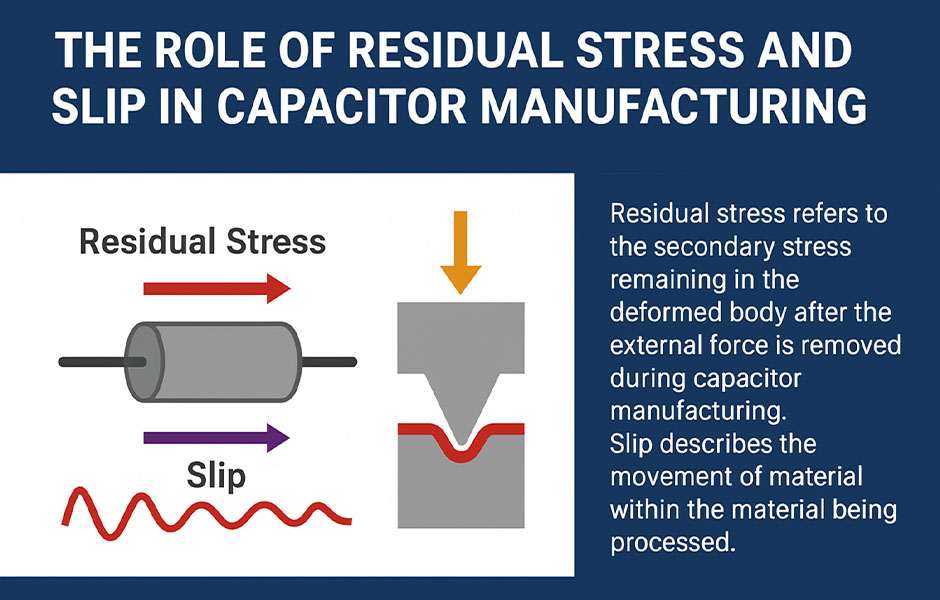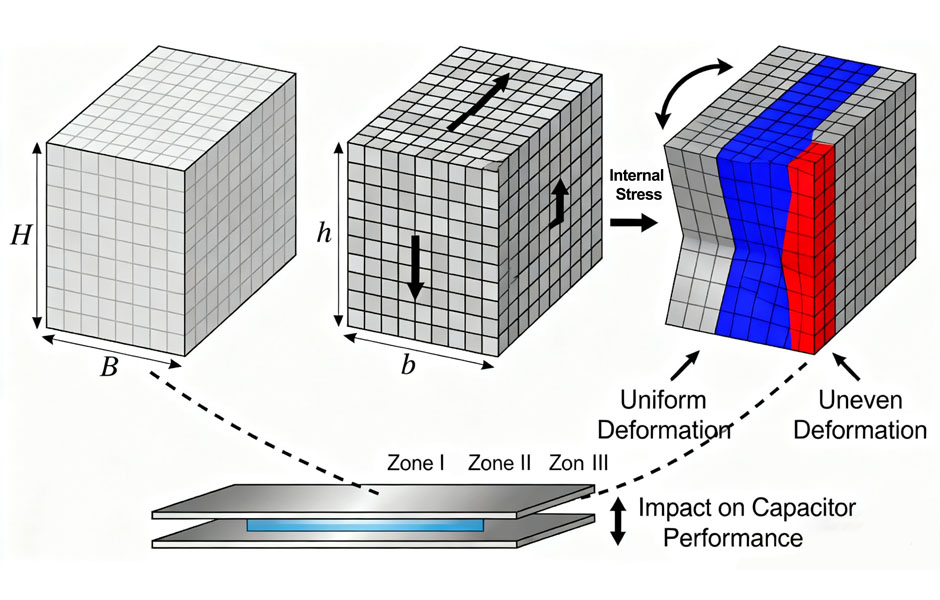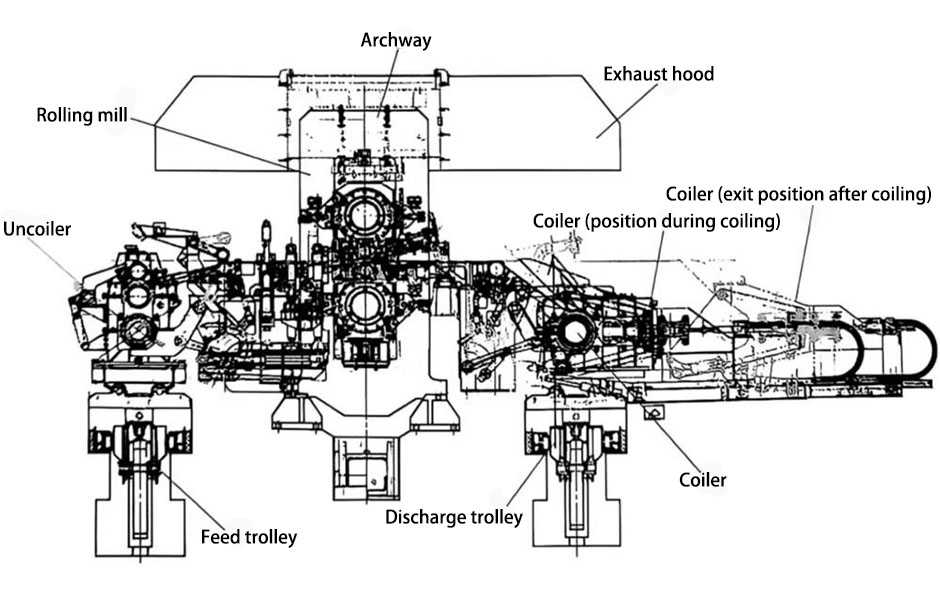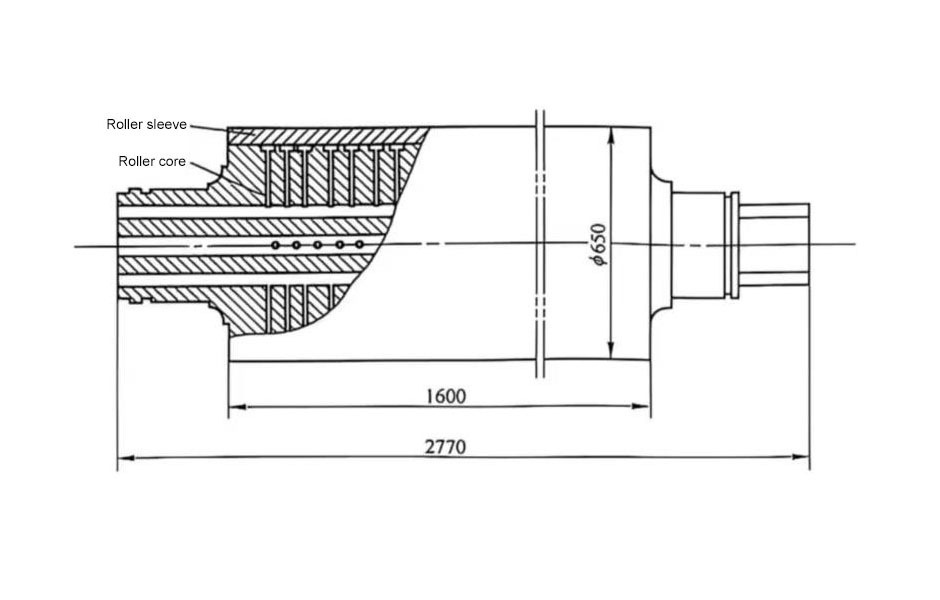1. The difference between DC capacitor and AC capacitor is whether the capacitor has polarity (that is, it has positive and negative poles) or no polarity.
2. DC capacitor has polarity AC capacitor has no polarity. Polarized capacitors cannot be connected to AC circuits because of their positive and negative polarities. Non-polarized capacitors can be connected to any AC or DC circuit.
3. AC capacitors are also called non-polarized capacitors. From the word meaning, it can be seen that it can be polarized. So AC and DC can be used.
4. The DC current uses polarized capacitors, and its capacity is very high, but the withstand voltage is relatively small. And capacity and withstand voltage will be consumed with time.
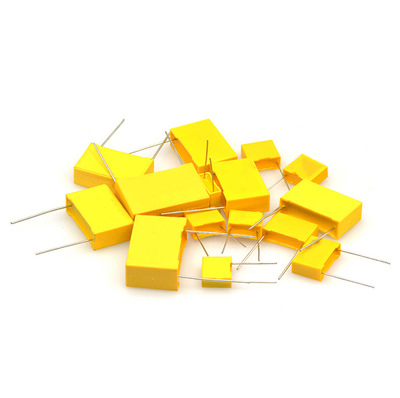
The difference between DC capacitor and AC capacitor : General capacitors are marked, AC is AC, DC is DC. The ones marked with positive and negative poles can only be used in DC circuits, and the others without positive and negative poles are non-polar. Both AC and DC are available, but they need to be selected according to the withstand voltage level and the type of circuit requirements.
Some capacitors have specific model identification, and most of them can be identified according to their shapes. Because the capacitors are not only used for AC and DC purposes, but also according to their dielectric loss. The frequency of use must be selected according to the requirements of circuit design.
